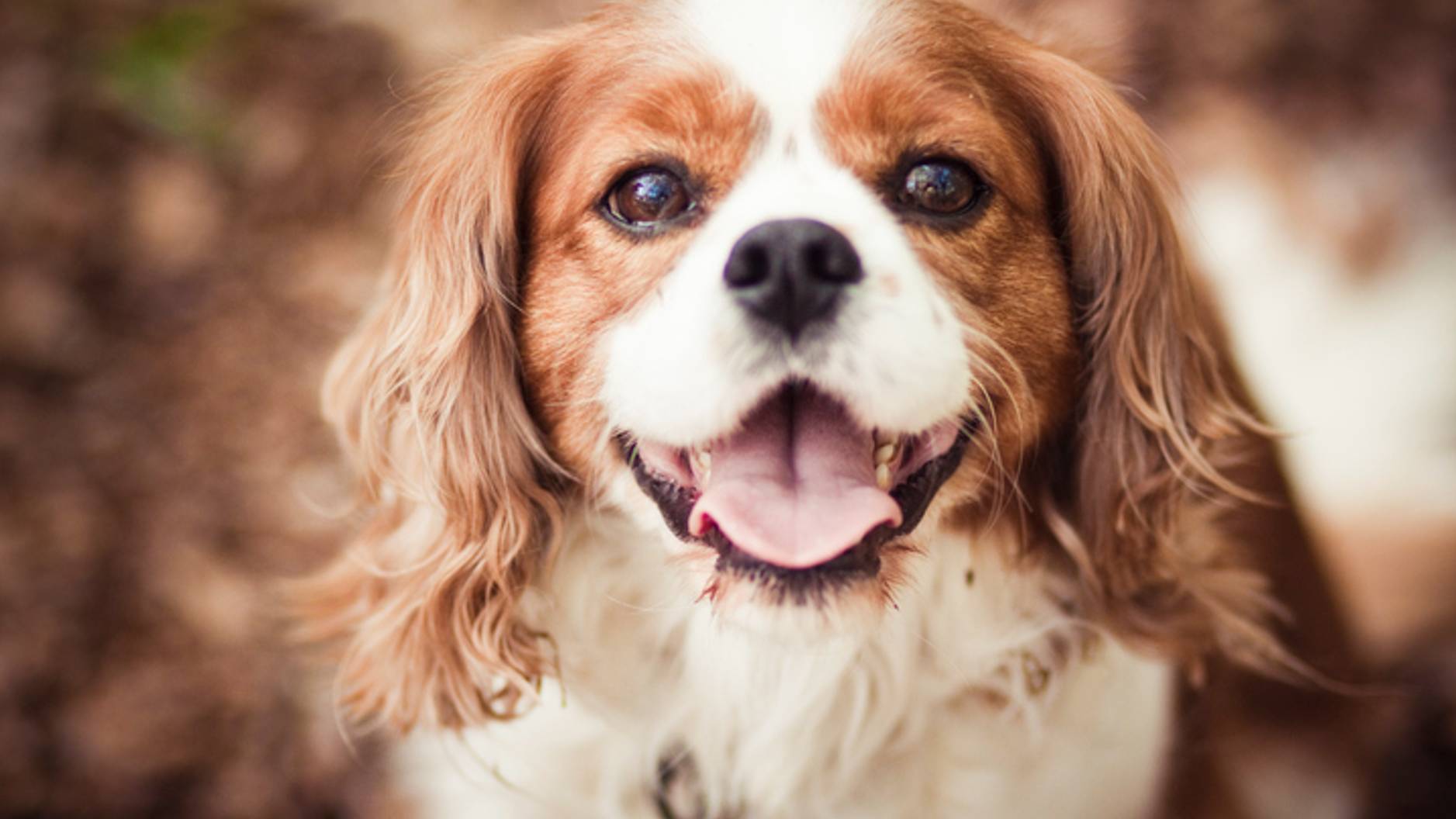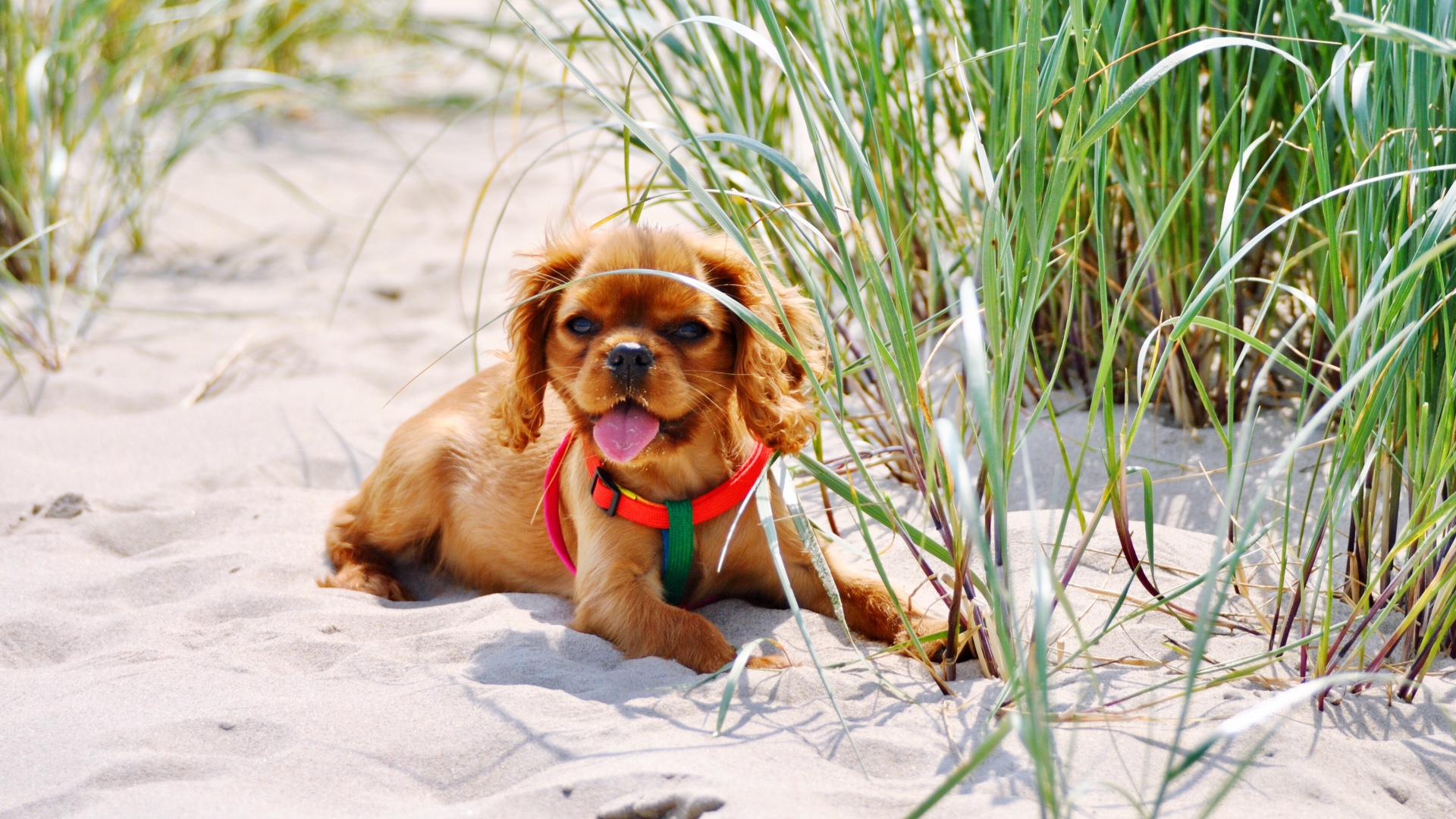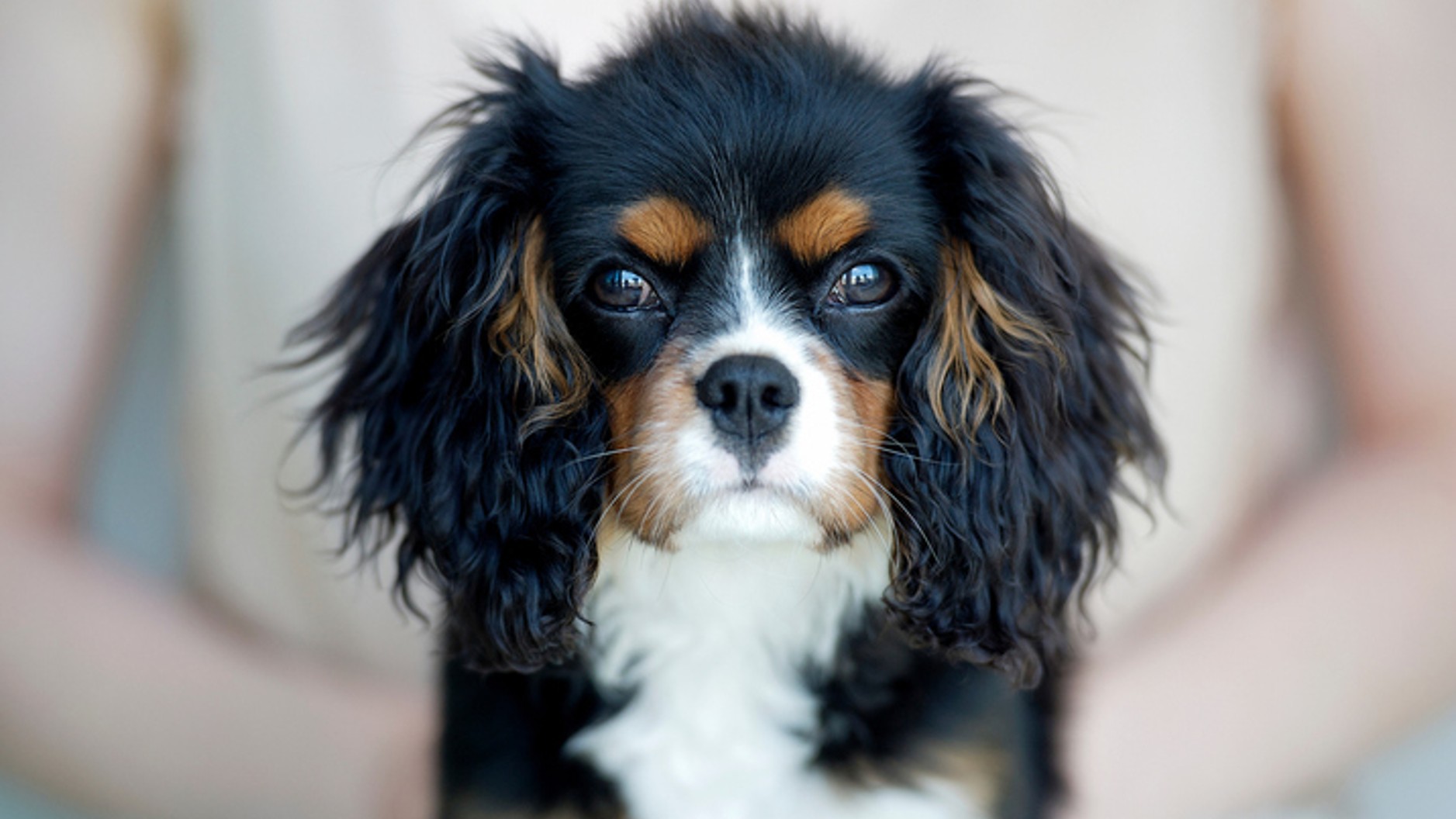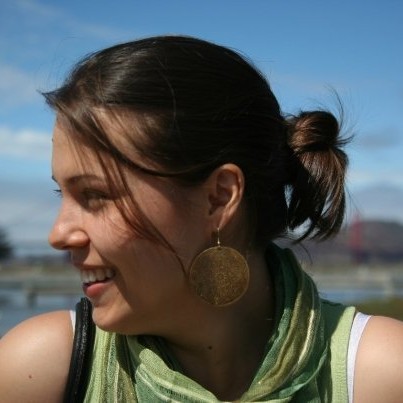9 noble Cavalier King Charles Spaniel facts
Named after King Charles II, these fascinating facts will show you why the Cavalier King Charles Spaniel was so popular with British royals

It’s not hard to see how the Cavalier King Charles Spaniel has charmed its way into so many dog owners’ hearts, as these facts reveal. Known for their regal grace, the Cavalier King Charles Spaniel first became popular with royalty and aristocrats, in particular, during the 16th century.
These toy-sized pups make wonderful, loveable companions thanks to being one of the most affectionate breeds. They may be small, but they’ve got lots of energy and will be just as happy chasing a ball as they are sitting on your lap for a cuddle. The sociable Cav, as they have been nicknamed, get on well with dogs, cats, children and even strangers.
They love people and are eager to please, making them a joy to own. One look into the soft, dark brown eyes of this friendly dog breed and you’ll be convinced.
1. They were named after a king
Known as the Cavalier King, King Charles II was a huge fan of the breed, which is where the name comes from. It is said that everywhere he went, he took with him at least three of his pet King Charles Cavalier Spaniels.
Some even say that Charles II had more time for his dogs than he did for running the country. He was so devoted to them that he issued a royal decree that they should be allowed into all public spaces, including Parliament.
2. The Cavalier King Charles Spaniel was a favorite amongst royalty
It was not only Charles II that loved the breed. Mary Queen of Scots had her Cavalier King Charles Spaniel by her side when she was beheaded in 1587; the dog is said to have died from grief a few days after his owner.
Queen Victoria owned a tricolour Cav called Dash who was one of her closest childhood companions and Princess Margaret is one of the most recent royals to own one – a beloved Cav called Rowley. The breed has been featured in many famous paintings with royals by Titian, Van Dyck and Lely.
Get the best advice, tips and top tech for your beloved Pets

3. They were almost erased by pugs
After the death of Charles II in 1685, the popularity of the breed began to decline and the pug began to win favour. This meant that by the 1800s the Cavalier King Charles Spaniel looked very different as they were bred with pugs to achieve a shorter snout and more rounded head similar to today’s King Charles Spaniel, which, despite its name, is a separate breed.
However, during the 1920s an American called Roswell Eldridge sought a Cavalier King Charles Spaniel like those in the famous paintings of Charles II. He offered money to anyone who could breed a dog like this with a longer, more elegant snout. After Eldridge’s death, a woman named Mostyn Walker won this money for her dog, Ann’s son and this became what we know today as the Cavalier King Charles Spaniel. The breed was only officially recognised by the American Kennel Club (AKC) in 1995.
4. They’re classed as toy dogs
Although their name has the word ‘Spaniel’ in it, the Cavalier King Charles Spaniel is classed as a toy dog breed by the AKC and not as a sporting dog like other spaniels. The toy spaniels were originally brought over from France to Scotland during the 1500s by Mary Queen of Scots and were bred as lap dogs.
However, they still have their hunting instincts from their Spaniel ancestors. They love to chase so you may want to consider a fenced yard and keeping them on the leash in unsecured areas.
5. Their coat colours have special names
Known for their big brown eyes, floppy ears and soft coats, the Cavalier King Charles Spaniel’s coat comes in four colours and these colours have special names. These include: Prince Charles (tricolour of black, tan and white), Mahogany (a reddish colour), King Charles (black and tan) and Blenheim (a chestnut and white colour).
According to myth, when the Duke of Marlborough went off to fight in the Battle of Blenheim, his wife would press on her Cav’s head for comfort, which caused the puppies to be born with chestnut marks on their heads and this distinctive pattern is now known as Blenheim.

6. Politicians and Hollywood stars are also fans
It’s not only royalty that are admirers of the Cavalier King Charles Spaniel. Former President Ronald Reagan gifted his wife a Cavie named Rex for Christmas and the pup was even honoured with turning on the Christmas lights with his paw during his time at the White House.
Former Prime Minister Margaret Thatcher also loved the breed and a whole host of celebrities have owned Cavies including: Frank Sinatra and Lauren Bacall, Tom Selleck, Sylvester Stallone, Diane Sawyer and Courteney Cox.
7. They are natural athletes
One of the largest of the toy dogs, the Cavalier King Charles Spaniel tends to be associated with being a small lap dog, but they are natural athletes. Thanks to their Spaniel heritage, they are often just as much of a sporting dog and tend to do very well in dog sports such as agility, rally and obedience training and competitions.
And, if you’re a fan of the outdoors, you’ll have a great walking, running or hiking companion. Despite its size this breed does have the energy so will need walking for at least an hour a day.
8. Their nickname is ‘comfort dogs’
Known as ‘comfort dogs’ or the ‘comforter spaniel’, these dogs are comforting because they like to be by your side at all times. Cavalier King Charles Spaniels often have very close bonds with their owners and also make a great family breed thanks to their sweet and gentle nature with kids. For this reason they may not like to be left alone so this may be something to think about if you’re not often at home.

9. Cavs make great therapy dogs
It’s not a surprise that they make good therapy dogs. Cavalier King Charles Spaniels are not only gentle, loveable, and compassionate but they are also one of the most calm dog breeds, and are easy to train.
The breed is not only the perfect candidate for acting as an emotional support dog as they are eager to please and love to comfort and be affectionate, but they can be trained to assist people with a range of needs such as autism or anxiety issues.
Enjoyed these facts? Here are our favorite interesting dog facts for you to enjoy! Or, learn about the Cavapoos vs Cockapoo.

